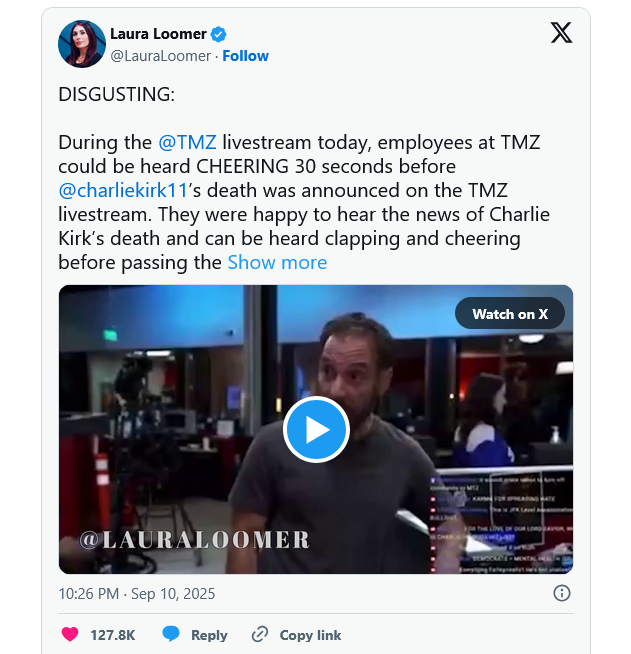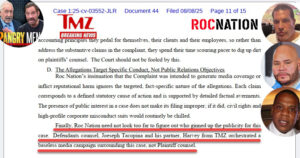An Indigenous community in the Amazon, the Marubo tribe, has filed a lawsuit against the New York Times (NYT) claiming that a story about their new high-speed internet access wrongfully characterized their members as being addicted to pornography. The lawsuit alleges that the New York Times report depicted the tribe as "incapable of managing basic internet exposure" and fueled unfounded claims about their youth's alleged obsession with adult content. The tribe seeks over $180 million in damages.
The initial report, published nine months after the tribe obtained access to SpaceX's Starlink satellite internet, mentioned various challenges associated with internet use, like "troubles that American households have faced," including teenagers engrossed in smartphones and other forms of digital media. According to the plaintiffs, the article contributed to a global media frenzy that negatively impacted the tribe's reputation, leading to mockery and misrepresentation in follow-up articles from outlets including TMZ and Yahoo.
While the NYT’s original piece intended to explore both advantages and drawbacks of internet access in the community—emphasizing its potential for improved communication and health alerts—the tribe believes the narrative emphasized damaging stereotypes. The lawsuit, led by community leader Enoque Marubo and Brazilian activist Flora Dutra, maintains that their efforts to modernize access to information and technology have been unfairly portrayed as harmful.
In response to the backlash, the NYT's subsequent article aimed to clarify that the original report did not state or imply addiction amongst the tribe's youth. A spokesperson for the newspaper affirmed its commitment to defending against the claims, asserting that the piece provided a sensitive overview of the complexities faced by Indigenous communities navigating modern technology.
Given the situation, the outcome of this lawsuit could set crucial precedents regarding media responsibility in reporting on Indigenous communities and their interactions with technology. The controversy highlights the intersection of cultural representation, media narratives, and modern challenges in the age of information.




















